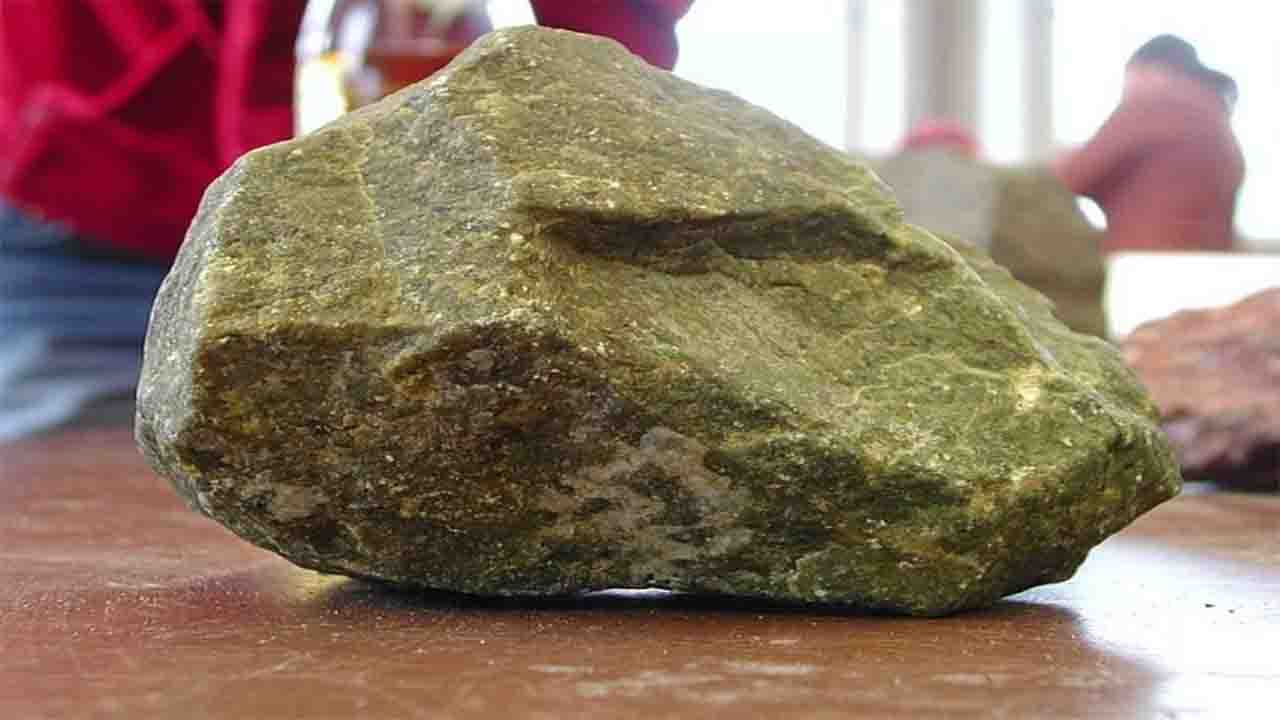Science & Technology, Australia (Commonwealth Union) – The finding of a “lost world” of ancient organisms that were present in the waterways of Earth around 1.6 billion years back may change our knowledge in regards to our earliest ancestors.
These minute organisms known as the “Protosterol Biota” are an integral part of the eukaryotic family, a group of organisms characterized by their complex cellular structure. Eukaryotes possess mitochondria, often referred to as the cell’s “powerhouse,” and a nucleus that serves as the central hub for control and information. These Protosterol Biota are regarded as our earliest known ancestors, marking the beginnings of our evolutionary journey.
The discovery of proto-sterol biota has shed new light on the evolution of complex life on Earth. These microscopic organisms, which lived over 1.6 billion years ago, are the earliest known ancestors of all eukaryotes, the group of organisms that includes animals, plants, and fungi.
Protosterol biota was found in rock samples from Australia and other parts of the world. They are characterized by their distinctive lipid profile, which is a signature of eukaryotic cells. The presence of phytosterols in these ancient rocks suggests that eukaryotes were already widespread by 1.6 billion years ago, even though the first fossils of complex eukaryotic organisms do not appear until about 800 million years ago.
The discovery of proto-sterol biota is a major breakthrough in our understanding of the evolution of life. It provides new insights into the origins of complex eukaryotes and the early history of life on Earth.
In the present era, various contemporary eukaryotes inhabit our planet, including fungi, plants, animals, and single-celled organisms like amoebae. Every nucleated creature, including humans, can trace its ancestral lineage back to the Last Eukaryotic Common Ancestor (LECA). LECA thrived over 1.2 billion years ago, serving as the common progenitor from which all modern eukaryotes emerged.
The findings of the Protosterol Biota, appeared in Nature, which was found by scientists of The Australian National University (ANU). As indicated by the scientists, these organisms may have been the 1st predators on Earth.
These ancient creatures were plentiful in marine ecosystems all over the globe and possibly shaped ecosystems for much of the world’s history. Scientists say the Protosterol Biota resided at least 1 billion years prior to any animal or plant emerged.
Dr Benjamin Nettersheim, who finished his Ph.D. at ANU and is presently based at the University of Bremen in Germany, indicated that molecular remains of the Protosterol Biota marked in 1.6-billion-year-old rocks were seen as the oldest remnants of our own lineage – they existed even prior to LECA.
“Our study flips this theory on its head. We show that the Protosterol Biota were hiding in plain sight and were in fact abundant in the world’s ancient oceans and lakes all along. Scientists just didn’t know how to look for them – until now.”
Professor Jochen Brocks, along with Dr. Nettersheim, conducted a significant discovery at the ANU. They unveiled the intriguing nature of the Protosterol Biota, emphasizing their complexity surpassing that of bacteria and likely their larger size, although their physical appearance remains a mystery.
According to Professor Brocks, the Protosterol Biota thrived from approximately 1.6 billion years ago until around 800 million years ago. This time period culminated in a significant transition in Earth’s evolutionary timeline known as the ‘Tonian Transformation.’ It was during this period that more advanced nucleated organisms, including fungi and algae, began to flourish. However, the precise timeline of the Protosterol Biota’s extinction remains elusive.
He further postulated, “Just as the dinosaurs needed to go extinct for our mammalian ancestors to thrive and become abundant, it is conceivable that the disappearance of the Protosterol Biota, a billion years prior, allowed space for the emergence of modern eukaryotes.”
Dr. Nettersheim finished the analysis as a component of his Ph.D. at ANU prior to taking up a position at the University of Bremen. The study saw the participation of researchers from Australia, France, Germany, and the USA.








